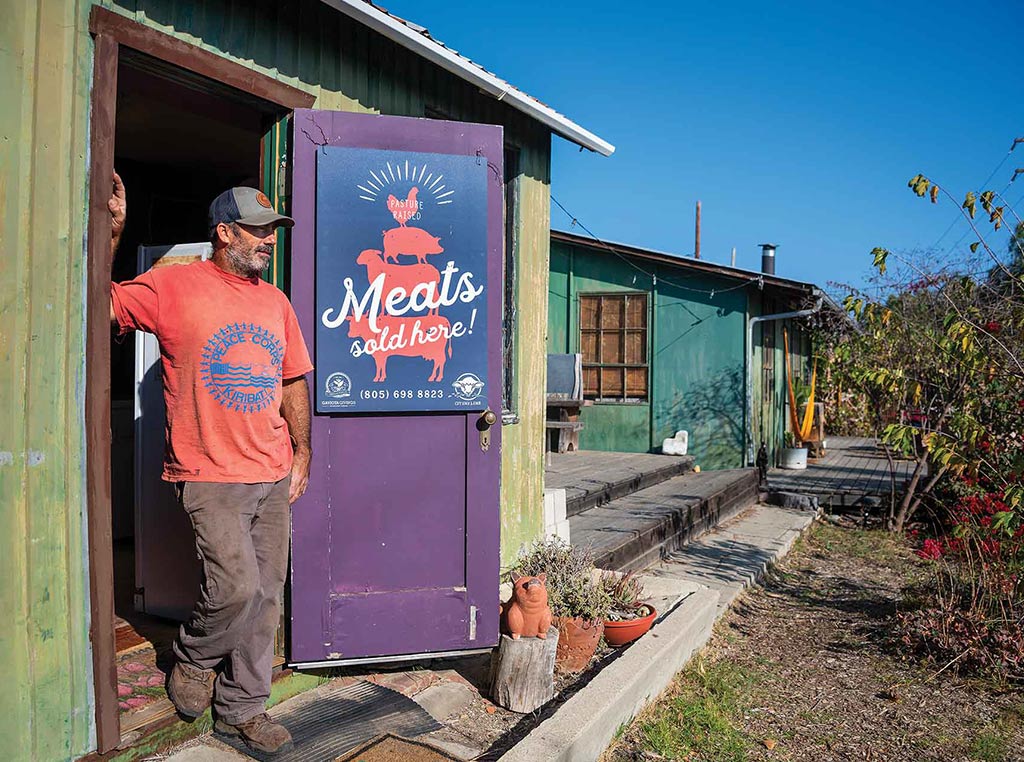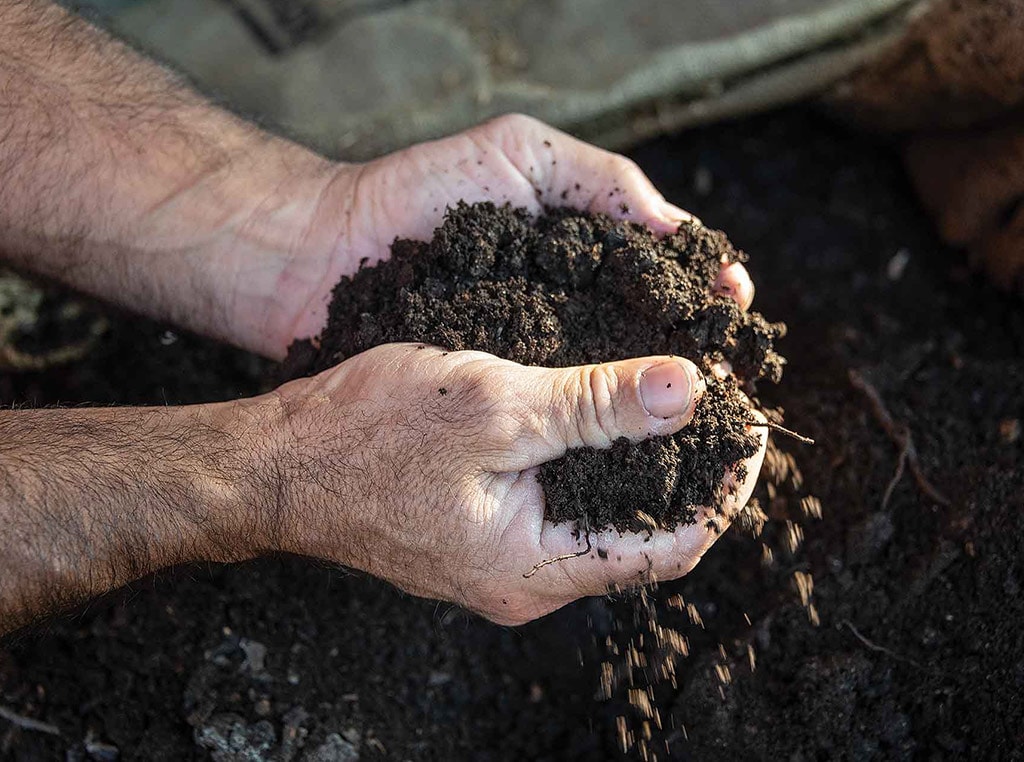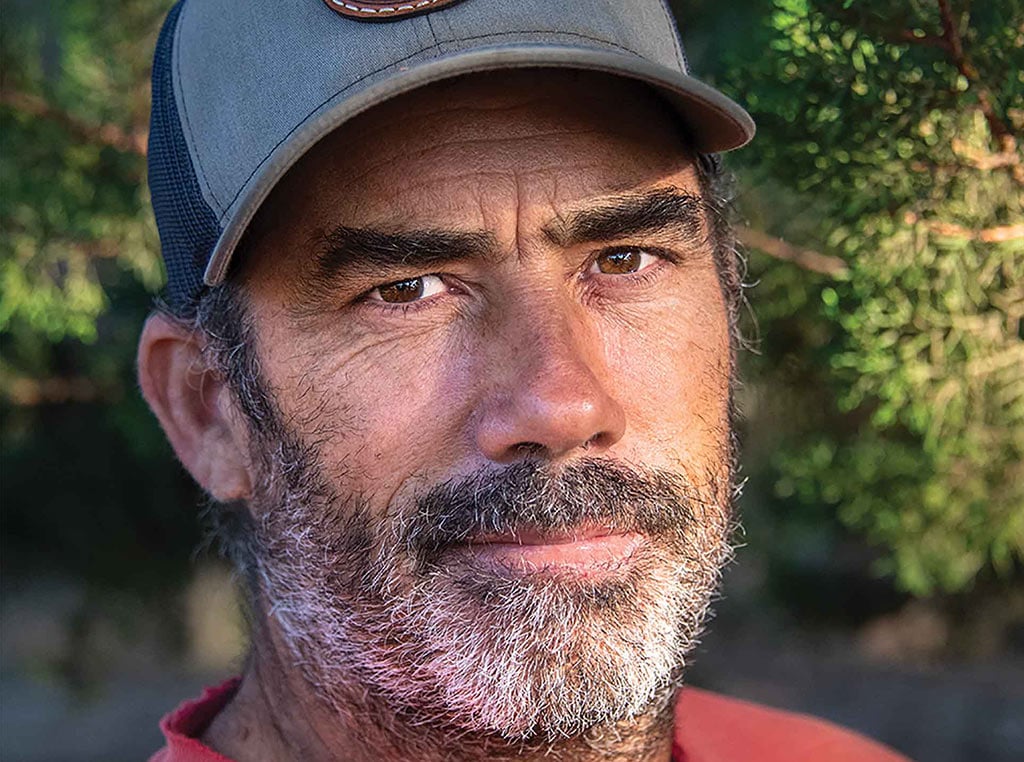Agriculture, Sustainability November 01, 2022
Seven More Generations
.
This 150-year-old California farm is laying the groundwork for a long future.
Guner Tautrim had gone to the ends of the earth, sailing to distant islands like Kiribati in the South Pacific and imagining how he could put his education in sustainable tourism to work. On that grand adventure, he picked up a book on permaculture—a farming philosophy inspired by the interconnectedness and resilience of healthy ecosystems—and he turned towards home, the California ranch that his family has owned for 150 years.
Since 1866, seven generations of Tautrim's family have worked Orella Ranch, on the slopes that sweep down to the edge of the Pacific near Goleta, a few miles north of Santa Barbara. They grazed cattle, cut hay, and dry-farmed lima beans and tomatoes.
Tautrim thought he was leaving the dusty, overworked fields of his youth and the sun-baked Shell Oil bungalows on the edge of the pasture that were ticking down an 89-year lease his great-grandfather had signed.
But Tautrim, his wife Heidi, and their two sons have made it their mission to make way for the next seven generations.
Permaculture is at the heart of their operation, which they named Gaviota Givings. They're composting, cover cropping, no-tilling perennials, planting trees, inoculating with mycorrhizae, and trying to pull the soil microbiome back into balance.
They're also creating a healthy state of balance for themselves, raising livestock, constructing Heidi's massage studio, and building Guner's sawmilling, woodworking, and furniture making operation. That's permaculture, too, says Guner.
A lens. "Permaculture, I like to say, is like a lens to look through at the world," he explains. "It's a design science for human habitation, and that design science is based in ethics. Then it has its principles—the least change for the greatest good, redundancies—and all those principles can be thought of under any context. It's not just land-based. It makes tons of sense because it's dealing with everything as a whole."
Putting permaculture principles to work at Orella Ranch started with a close look at the sloping landscape. Then they considered the plant and animal communities it could support on 16 to 18 inches of rainfall that comes almost completely in the winter—when it comes at all.
"What we want to do is focus on 'how do we make our limited rainfall more beneficial to us?'" Tautrim says. "It's structural in terms of forming your land in such a way that you reduce runoff: you slow, spread, and sink all precipitation," he explains. "Rule two is 100% cover 100% of the time, which is tough in this environment, but it's important."
The next step is diversifying the vegetation on the 300-acre ranch. A grant from California's Healthy Soils Program is helping the Tautrims plant trees, pollinator hedgerows, and a wider variety of pasture species, which were scorched by years of drought.
Trees are more than just shade and living fenceposts. Monterey cypress forms a windbreak. Hardy black locust trees fix nitrogen and nurture bees. Along with carob and mulberries, locust also yields "tree hay," leafy forage that can sustain livestock.
The livestock is just as diverse and carefully selected, too.
The Tautrims cut the cattle herd down to 10 low-line Belted Galloways that actively browse in the chaparral and trees. They raise 600 chickens a year in Joel Salatin-style mobile frames. Friends bring a sheep herd through the ranch every year to help get a leg up on wild mustards.
Above. Compost is vital to the Tautrims' efforts to restore balance to the soil microbial community. Guner Tautrim says permaculture principles—diverse, interconnected systems modeled on patterns in nature, and more—enhance resilience both on and off the farm. Berkshire/Red Wattle hogs yield rich pork.
Pig stars. But the real stars at Gaviota Givings are the pigs. The Tautrims started with Kune pigs, a roly-poly New Zealand breed favored by permaculturists.
"They're super-docile," Tautrim says. "And they're so gentle on the land. They basically have no nose, so they don't root."
The challenge: Kunes yield a lot of fat, which makes it hard to keep meat affordable for customers.
"I can cook it in a way that blows people away: they're like, 'oh my God, this is the best pork chop I've ever had,'" Tautrim says. "But when they're trying to make their dollar stretch, it's tough."
Making Kunes work in the marketplace will hinge on selling the fat, whether it's to hunters looking to balance out venison sausage or to fans of real lard. Otherwise, Gaviota Givings is likely to keep shifting to Berkshire/Red Wattle crosses, delivering more pork per cut while building soils.
"Truly, our passion is regenerating the land," Tautrim notes. "It's not like we want to be pig farmers or chicken farmers. It's that animal impact with nutrient cycling gives back to the land, and done right, it's a good thing.
"What I like to say is this ranch has been in our family seven generations and I want to create the conditions for it to be in the family another seven," he says. ‡
Read More
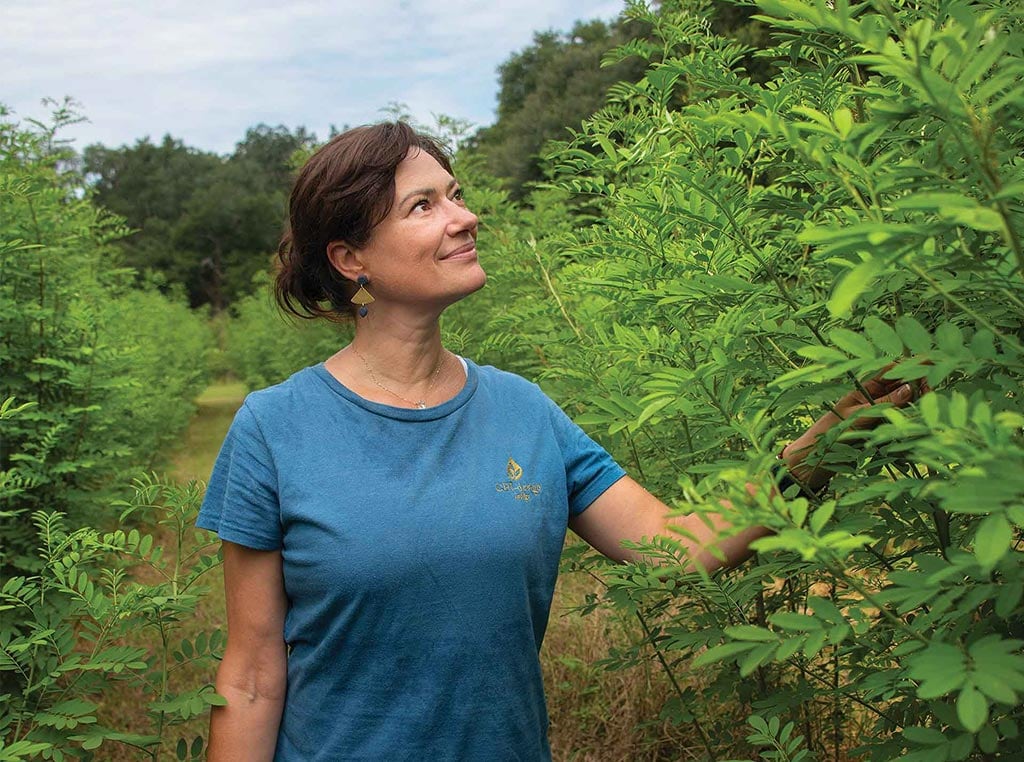
AGRICULTURE, SPECIALTY/NICHE
The History Blues
Artisans revive American indigo.
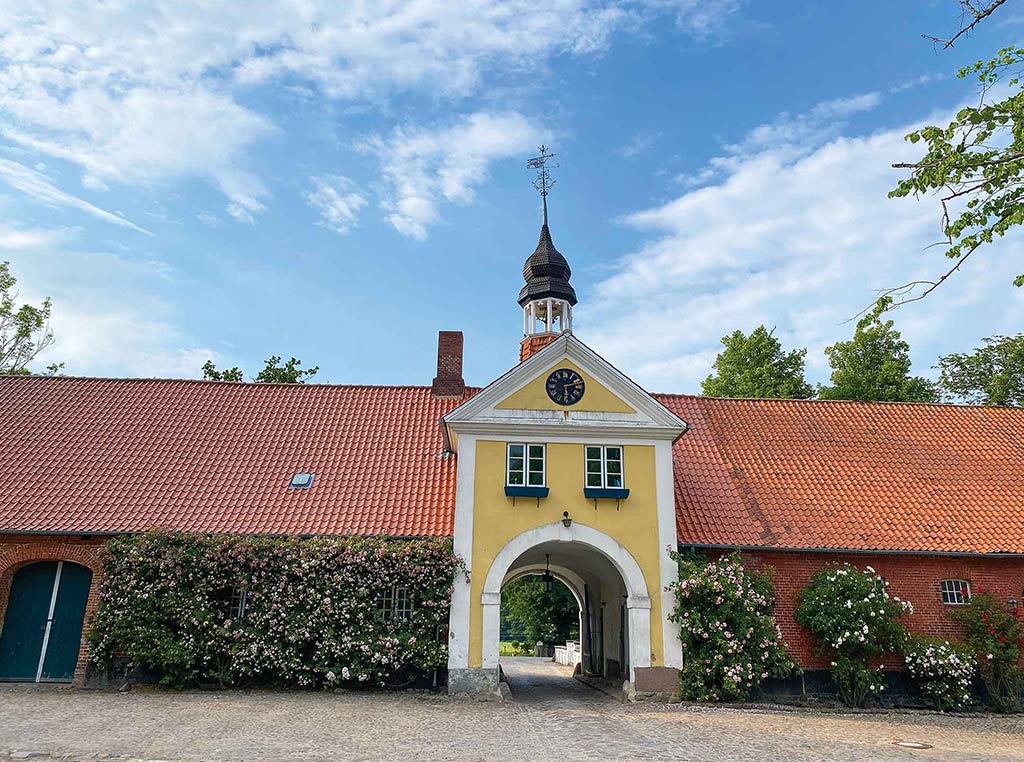
AGRICULTURE, FARM OPERATION
Beyond the Castle Walls
Young count has his eye on the future for his historic estate.

